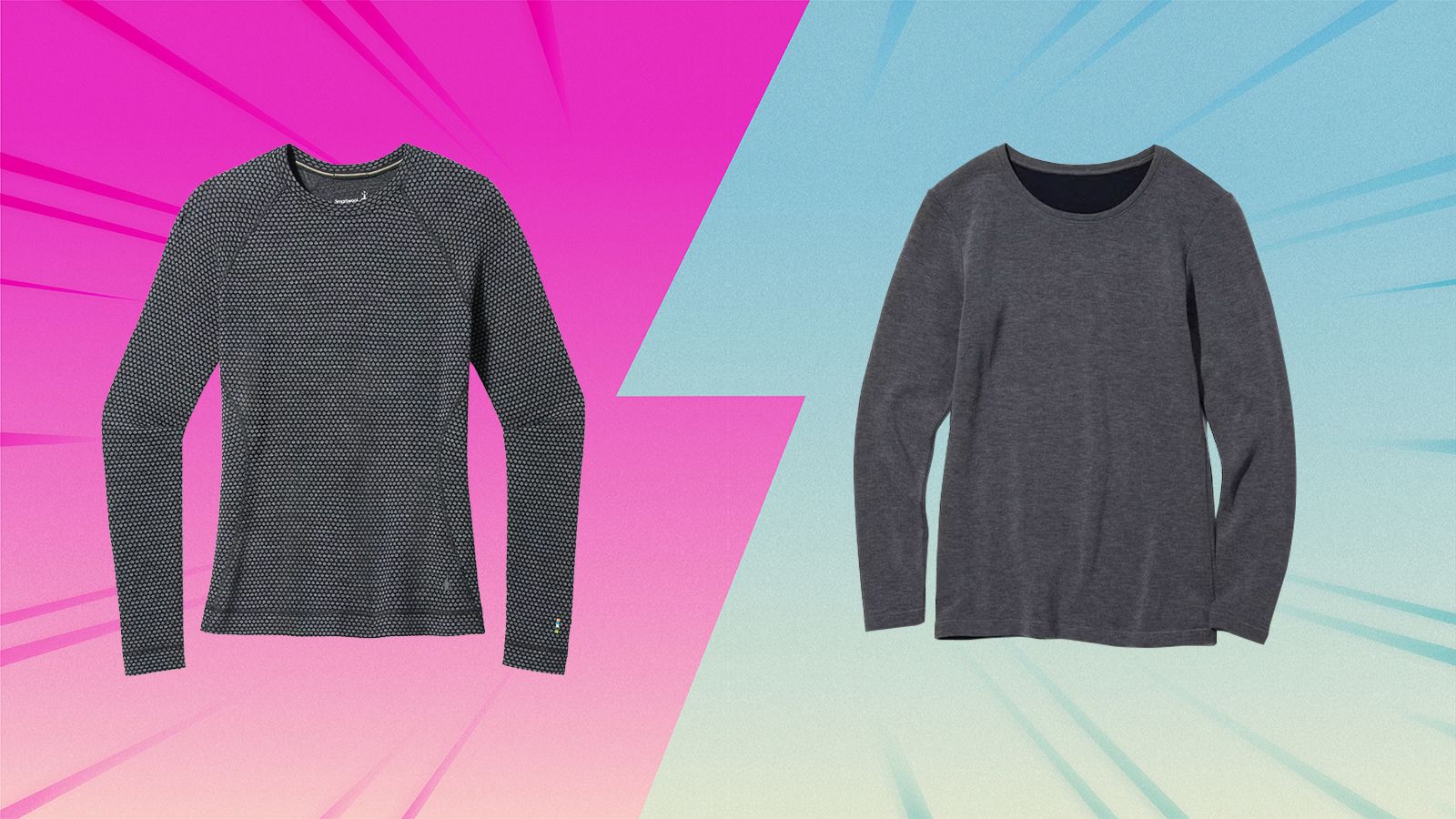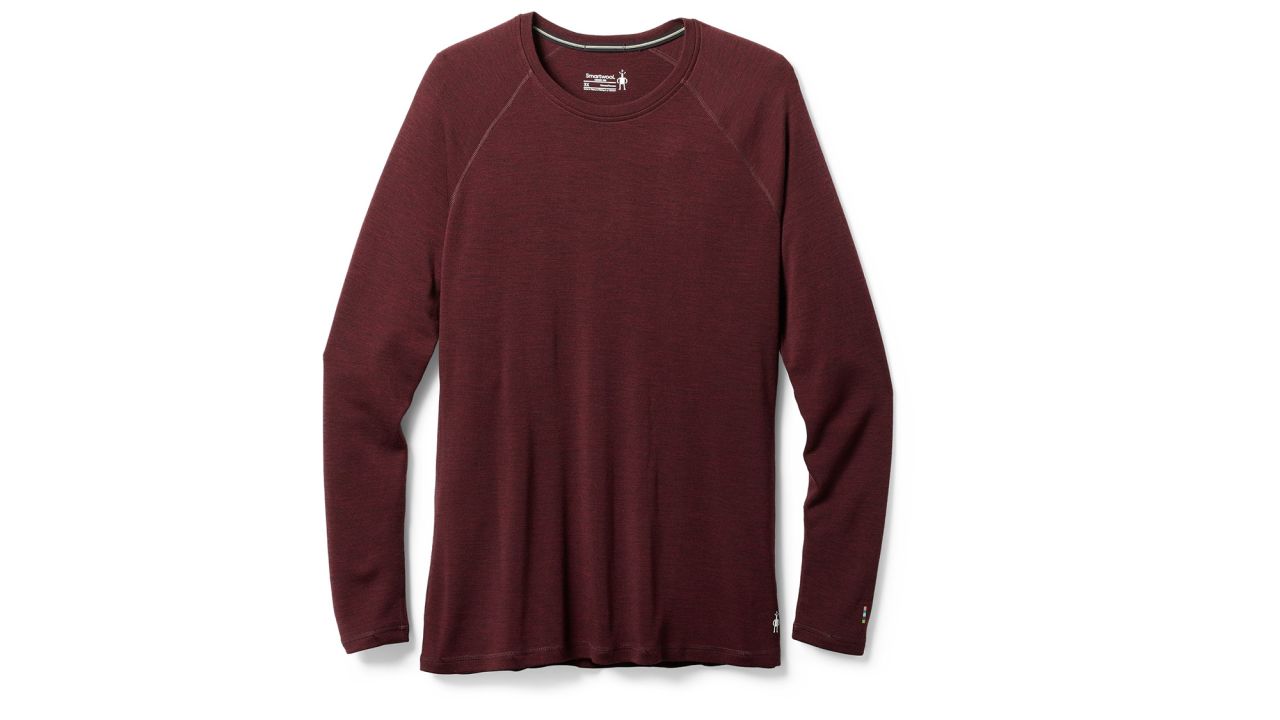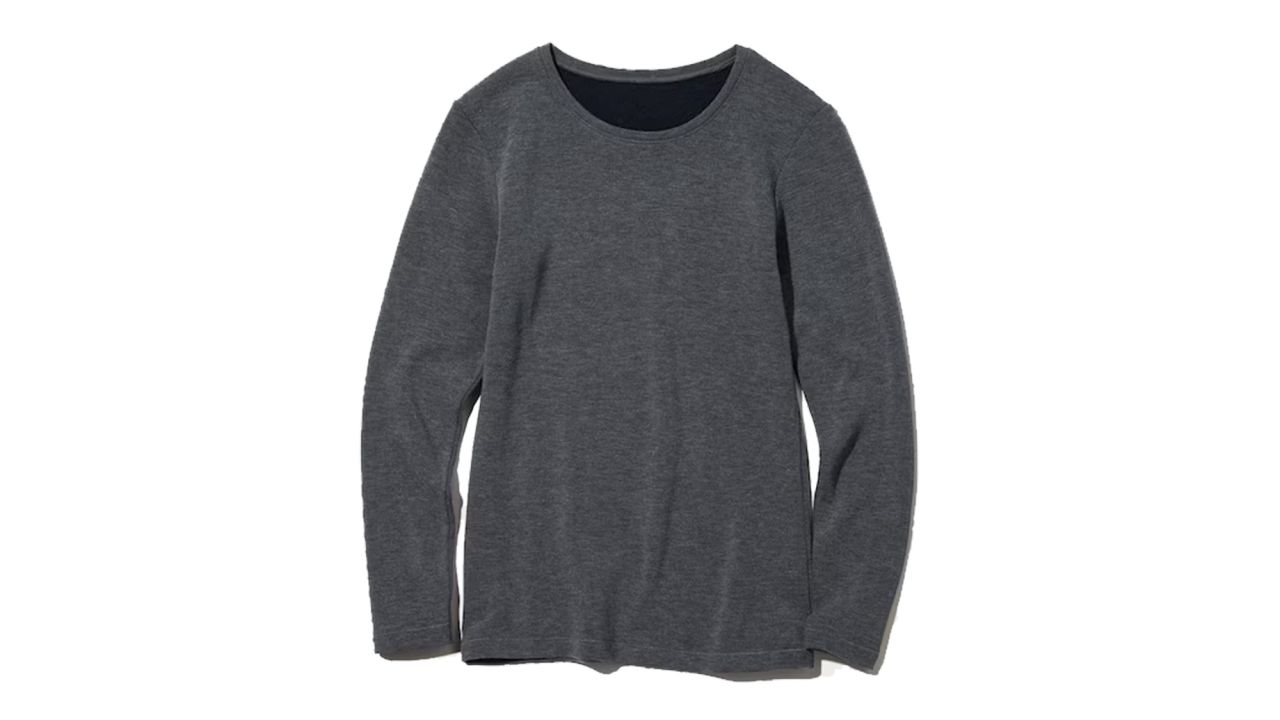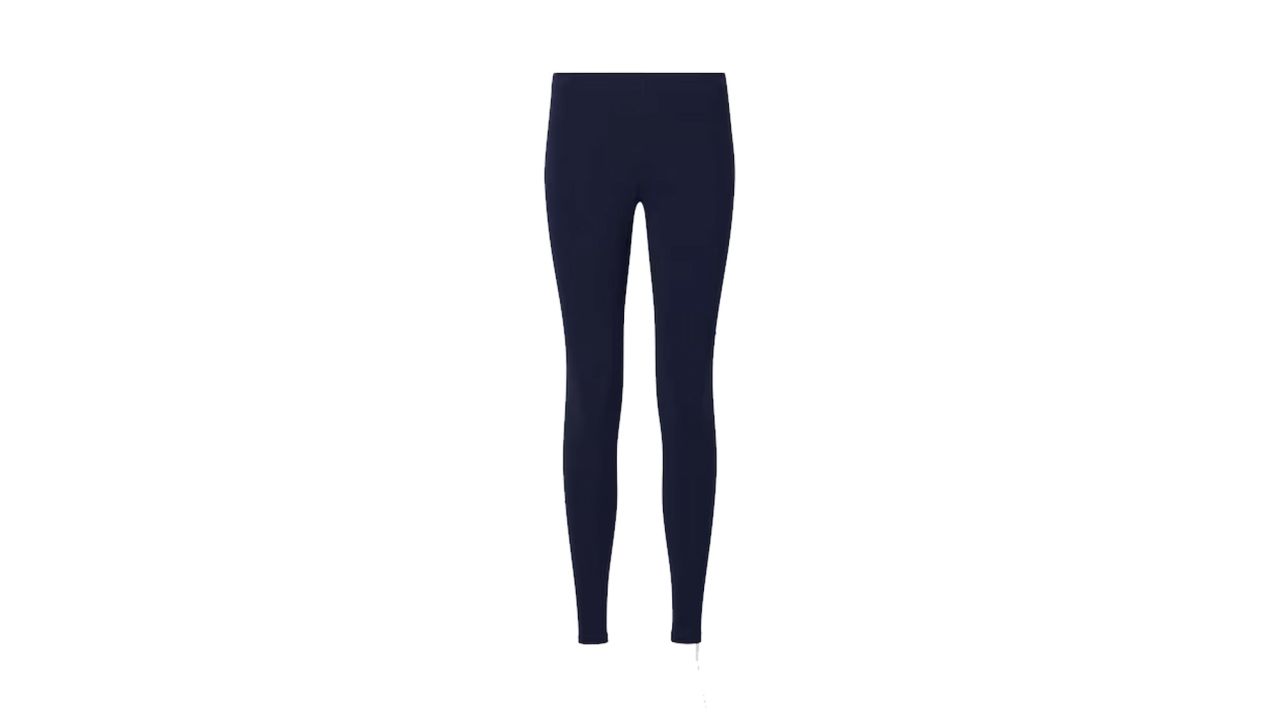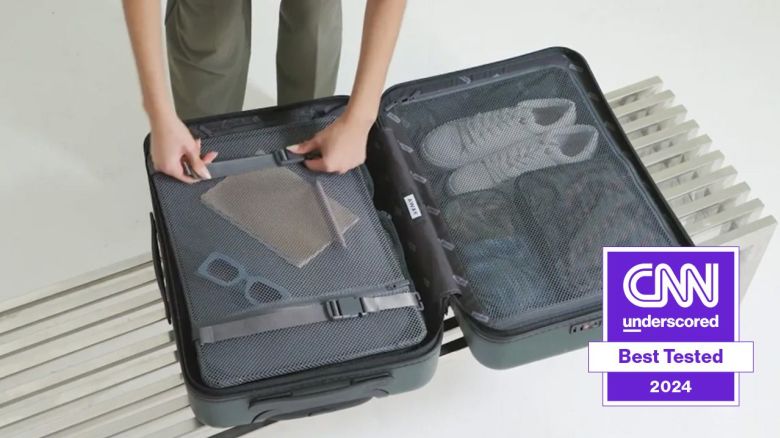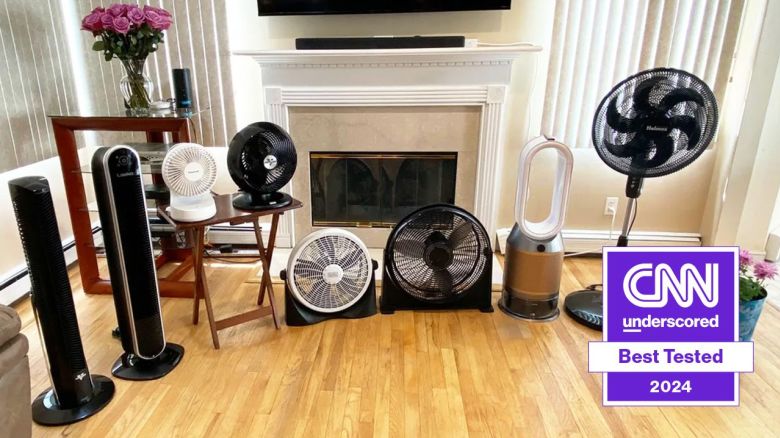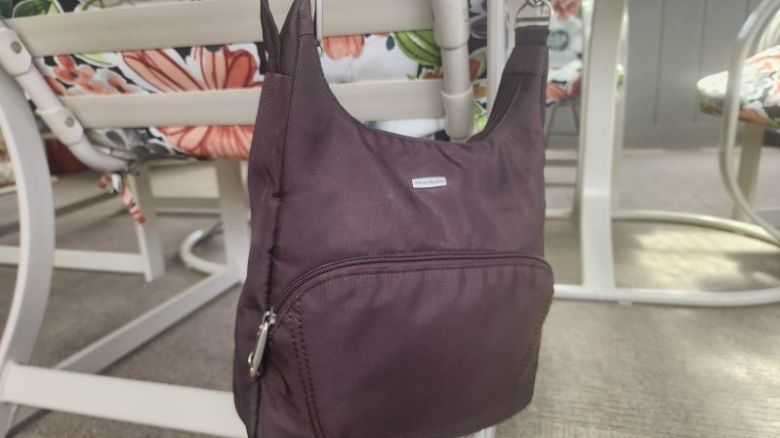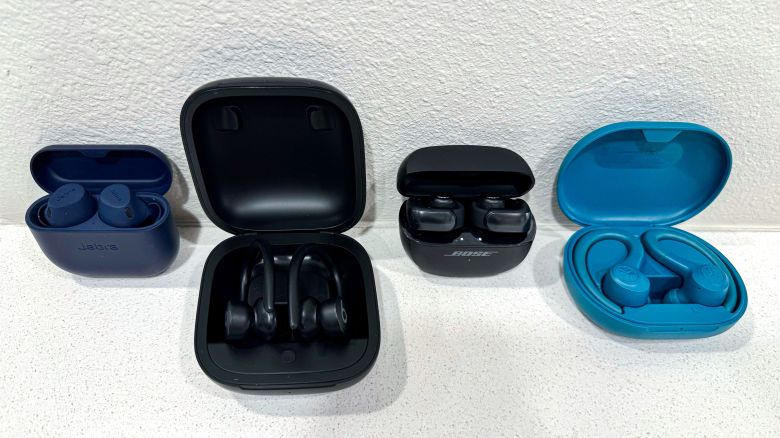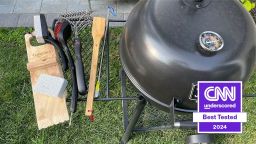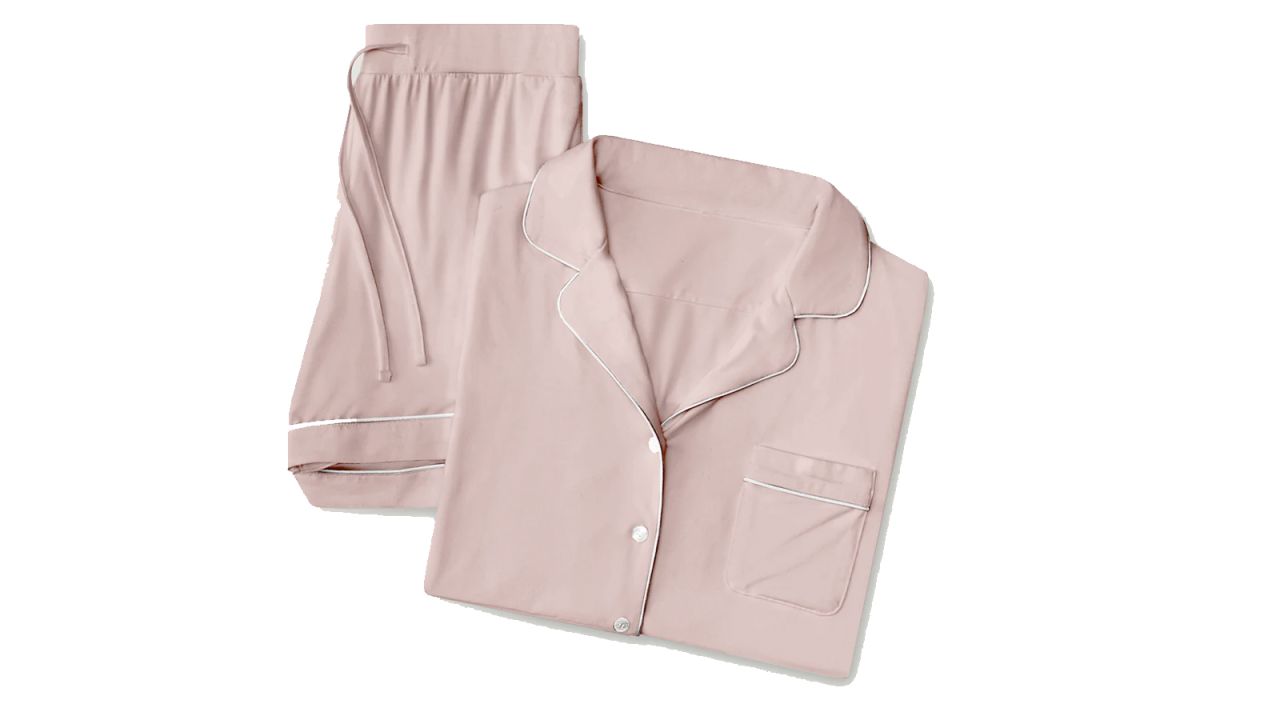News flash: It’s winter, aka cold o’clock, and if you like to play in the mountains (like me), chances are you’re bundling up more than usual. A tried-and-true strategy for layering typically involves wearing a base layer underneath an insulated mid-layer, with a shell or top coat to finish it off. But how important are base layers really? And is it worth spending more money on the holy grail of base layer material — merino wool — versus synthetic?
I’ve been a die-hard fan of merino for years now, loving its naturally odor-resistant, sweat-wicking properties that insulate (even when wet) during my most extreme pursuits in the mountains. So, when my editor at CNN suggested I pit a set of Smartwool’s Classic Thermal Merino Base Layers against a much cheaper pair of Uniqlo’s HeatTech Ultra Warm Leggings and Long-Sleeve T-Shirt, I was immensely curious to see how expensive wool compared to affordable synthetics that come in at nearly a quarter of the cost.
Over the last two months, I’ve worn both sets of base layers on frigid morning and evening dog walks, on a winter vacation to Lake Tahoe and on several winter hikes in the Rocky Mountains. Every time I went out in these base layers, I noted the temperature and wind speed to judge how they performed. I’ve washed them both three times each to note any immediate fabric wear or pilling, and I’ve worn both crew-neck tops as cozy lounge-around-the-house sweaters on my work-from-home days.
Below, I’ll get into where these pieces both excel and what the best base layer for winter is, depending on your intended use.
A warm, stylish wool option from industry-leading Smartwool, this Thermal Merino Crew comes in loads of fun prints and colors (don’t worry, plain options are also available). It’s also naturally sweat-wicking, antimicrobial and odor-resistant, making it an excellent option for big snow days or multi-day backpacking trips.
With loads of fabulous colorways to choose from, Smartwool’s Classic Thermal Merino Bottoms prove that base layer bottoms can be both fun and functional. These 100% merino leggings are designed to keep wearers cozy in temperatures below 45 degrees, ideal for ski season.
Claiming to be 2.25 times warmer than Uniqlo’s regular HeatTech layers, the Ultra Warm Long-Sleeve is form-fitting, simple and easy to layer on hikes and around town. Made with an acrylic, polyester and spandex blend, this stretchy top will keep your core warm when temps drop.
Designed to function like fleece-lined tights, these Ultra Warm Leggings by Uniqlo are cozy, comfortable and buttery soft. Not only are these simple thermal leggings ideal for layering under dresses and sweaters this winter, but they are just as at home curled up with a good book by the fire.
Smartwool Classic Thermal Merino vs. Uniqlo HeatTech Ultra Warm at a glance
| Fit | Fitted |
Fitted |
|---|---|---|
| Fabric | 100% merino wool |
Synthetic (acrylic, polyester, rayon and spandex) |
| Style | Crew neck, ¼ zip and ½ zip hoodie available |
Crew neck and high neck available |
| Price | $115 | $30 |
Warmth
Assuming that most consumers value warmth more than anything when it comes to winter long johns, I put it front and center in my testing. I’ve worn both of these base layers on hikes and long neighborhood walks in temperatures ranging from 25 to 50 degrees Fahrenheit, with only a set of liner gloves and a lightweight Uniqlo puffy over them if it was below freezing.
When walking my pup, Marla, around Boulder every morning after breakfast, both layers kept me adequately warm into the mid-40s, especially if it was sunny out. The Uniqlo HeatTech Ultra Warm layers seemed to insulate a bit better, especially when I stood on the sunny side of the street, which isn’t a huge surprise because they are thicker than the brand’s regular HeatTech series, designed more like a fleece-lined top and leggings. Because of its ultra-soft interior fabric, I also loved wearing the Uniqlo top as a chill-out-at-home layer, working at my desk or watching a movie in its super-snuggly fleece.
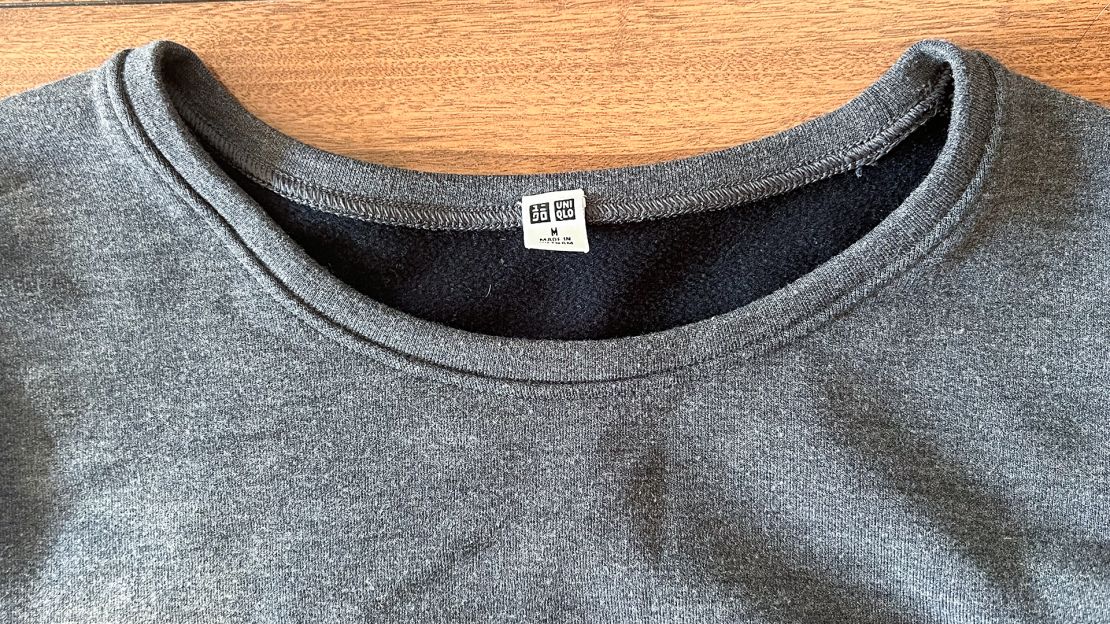
On day hikes around Lake Tahoe and in the Rocky Mountain foothills, I overheated a bit quicker in the Uniqlo, compared to the Smartwool. This is likely because the merino wool Smartwool base layers vent heat more efficiently than a synthetic fabric.
TL;DR: Uniqlo’s affordable HeatTech Ultra Warm Crew Neck and Leggings were warmer in my tests than Smartwool’s Classic Thermal Merino Base Layer Crew and Bottom, but only slightly. If all you care about is warmth and you’re not planning on being too active, you can’t beat the warmth and price of HeatTech.
Fabric and fit
Here’s where the test really got interesting. As is the case with most Uniqlo products, the colors available were basic solids (off-white, black, gray, navy and brown). Smartwool, on the other hand, has really gone ham in recent years with its fabric selection. The brand offers 26 (yes, really) different colors of merino wool prints and color choices in the crew neck top. The bottoms come in a more modest 17 prints, so you can showcase your wild side in the wilderness, even in technical fabrics.
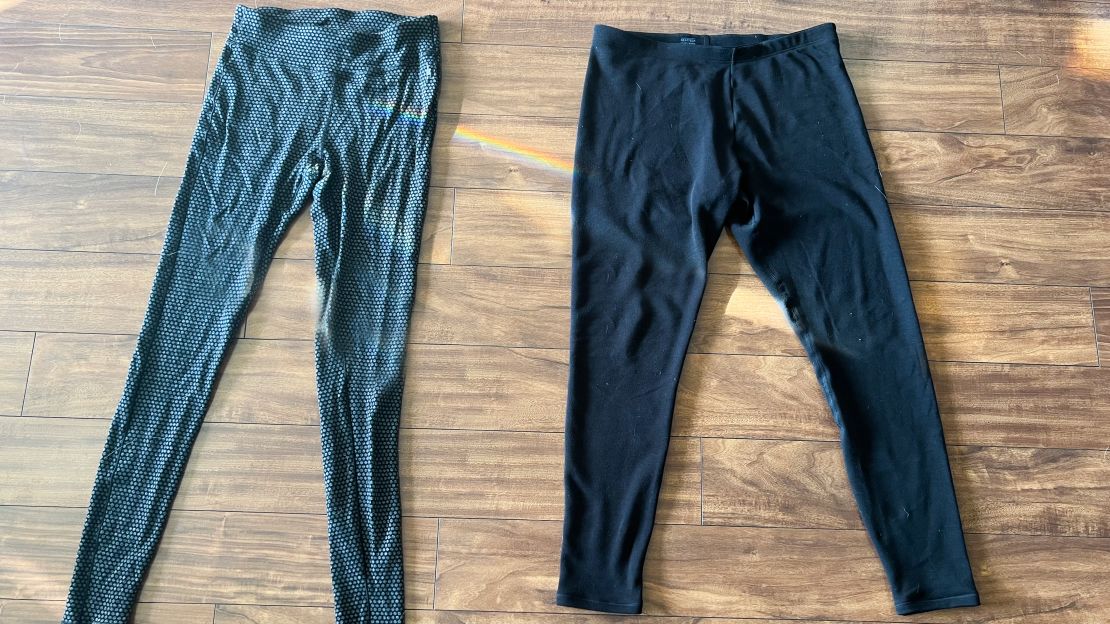
As far as fit goes, the Smartwool Classic Thermal Base Layers feature a merino-covered elastic waistband, which rises up just high enough to help tuck your tummy in slightly. They are also built with better, lower-profile flatlock seams than their Uniqlo counterparts, which helps eliminate chafing if you’re hauling a backpack or layering up for a long winter workout.
I found the size guide on Uniqlo’s website confusing and inaccurate, to be honest. I’m typically a size small in tops and a size medium in leggings and base layer bottoms (hello, athletic thighs), and, after entering my measurements, the Uniqlo website told me to purchase an extra-large in its bottoms. Assuming this was a fluke, I bought a large instead, and it was still too big in the waistband, which was a shame. Word to the wise: Order your regular size or one size up in Uniqlo, but no more.
In terms of durability, both Smartwool’s 100% merino wool fabric and Uniqlo’s stretchy synthetic blend held up to three washes in the large communal machines of my condo building really well. I was pleasantly surprised to see no obvious signs of piling on the inner fleece of the Uniqlo pair.
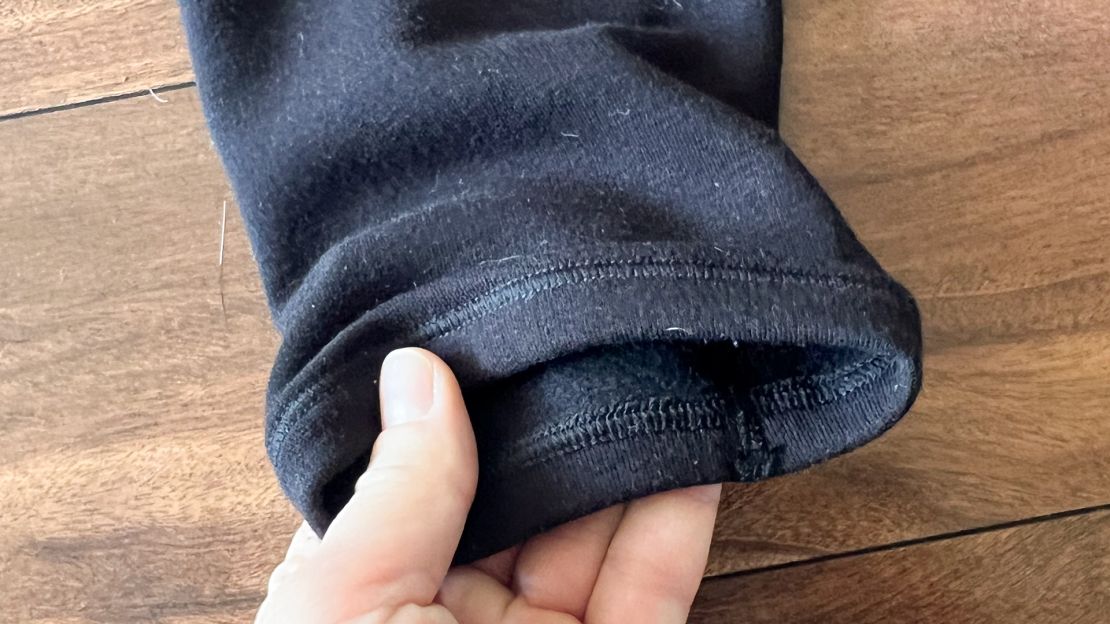
Now, for the big one: fabric feel. Unlike the wool garments of yesteryear, Smartwool’s modern 100% merino base layers are soft and stretchy. They weren’t quite as cozy and flexible as Uniqlo’s HeatTech Ultra Warm series, which is made from a combination of acrylic, polyester, spandex and rayon. While Uniqlo’s layers are a bit softer, the material isn’t as sustainable to produce, and will shed microplastics in the wash.
TL;DR: Though both products held up well to the washing machine (I had to line dry the wool layers, per their instructions), Smartwool comes out definitively on top here. While the set isn’t as cozy as Uniqlo’s, it’s still soft enough, plus its flatlock seams, flattering waistband, funky prints and true-to-size fit make the Classic Thermal Base Layers a great aesthetic choice.
Breathability
When it comes to getting sweaty in the mountains, there’s nothing better than merino wool, in my opinion. That’s because this natural fiber is odor-resistant, sweat-wicking and insulating even when wet. The catch? It’s not very quick-drying, so I wouldn’t recommend jumping into a lake and then expecting your layers to dry on a tree branch overnight on your next camping trip.
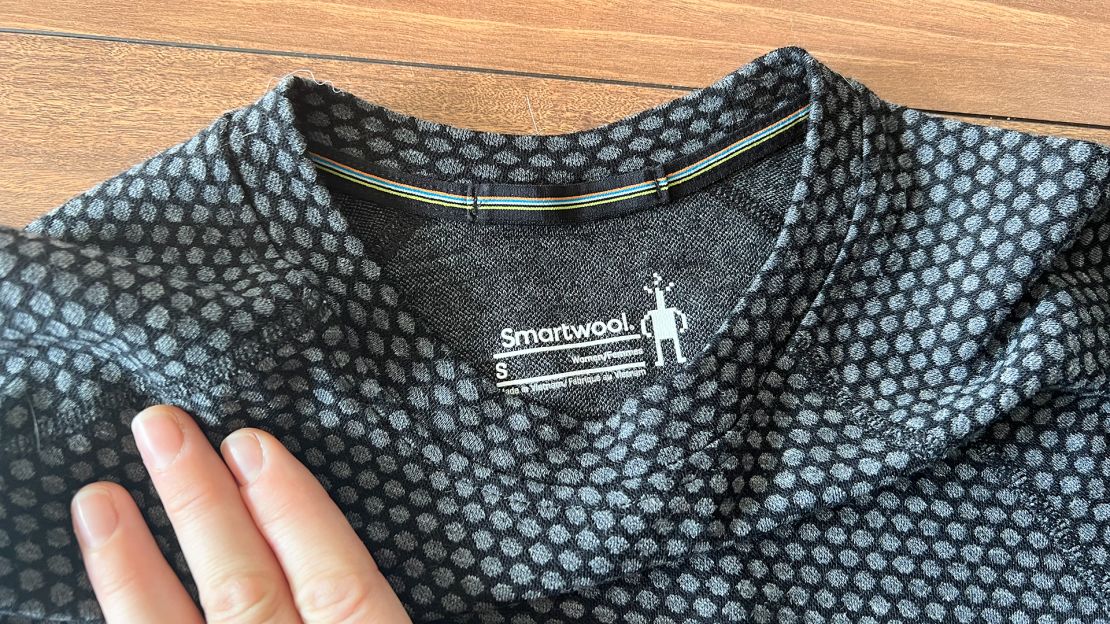
As I mentioned earlier, both the Smartwool and Uniqlo base layers were similarly warm in my testing, but on uphill slogs in the chilly Rocky Mountain air, I found myself overheating more quickly in the Uniqlo synthetic long johns. This is probably fine if you mostly plan on wearing them as solid basics under your work clothes or evening attire to stay warm around town, but if you’re a runner or cold-weather athlete who intends to work hard in your thermal underwear, the Smartwool is worth the extra cash. Plus, it’ll be slower to stink up when you’re out on a multi-day trek or hut trip.
TL;DR: Smartwool’s 100% merino wool set trounced the Uniqlo base layers in this category, proving that even heavier, thermal-weight wool is better at ventilating and managing moisture (and stink) than synthetic.
Bottom line
There’s a lot to like about both the Uniqlo HeatTech Ultra Warm and Smartwool Classic Thermal Merino base layers. Both are warm, cozy and great at wicking moisture. Though I found the Uniqlo layers to be a hair warmer in my tests, Smartwool excelled in every other category. If you’re seeking an excellent base layer for cold weather exercise or those notoriously cool backpacking evenings, go with Smartwool’s Classic Thermal, as it will help regulate your body’s temperature, even as you get sweaty on long uphills. However, if you’re simply trying to find an affordable, solid-color base layer to keep you warm under your top coat around the city this winter, you can definitely save a few bucks and grab Uniqlo’s HeatTech Ultra Warm Crew and Leggings without regrets.
